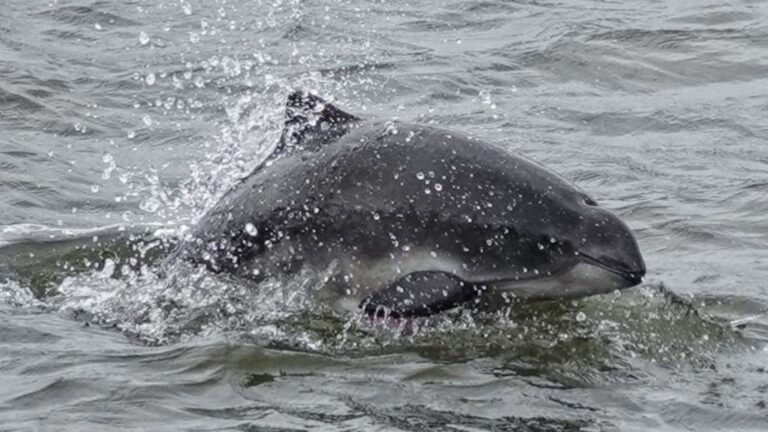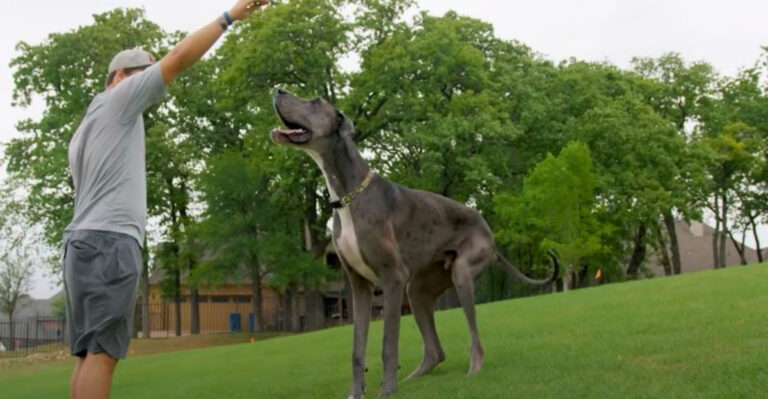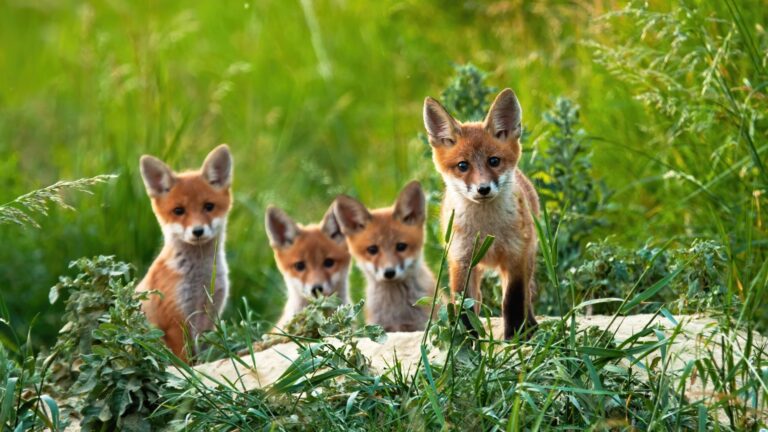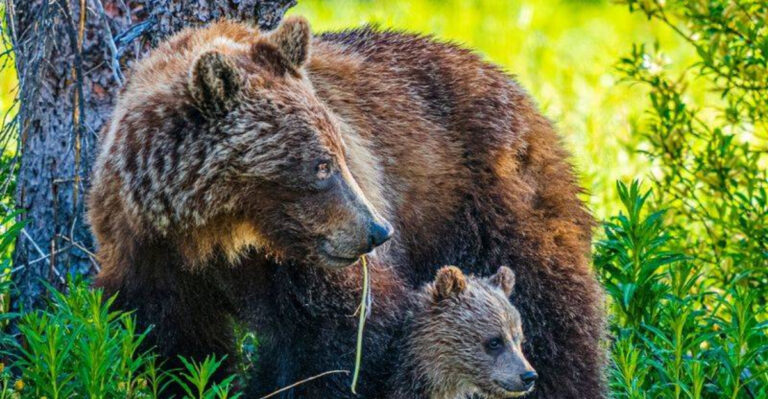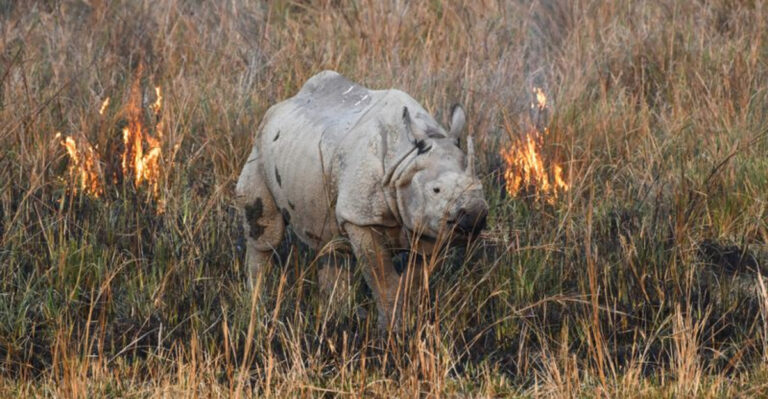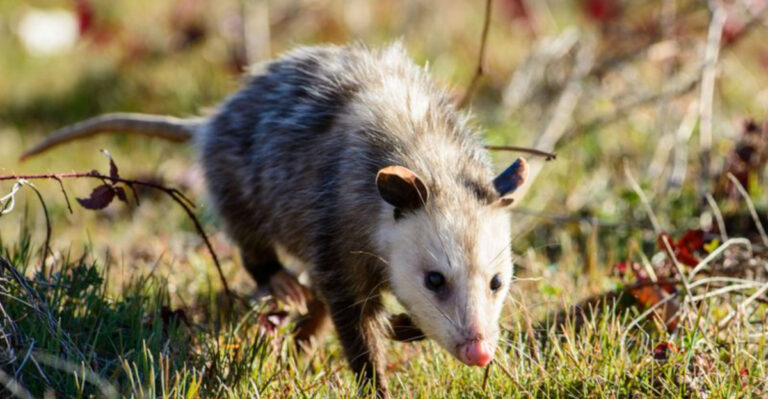Rare Aardvark Trace Fossils Discovered Along South Africa’s Coast

Scientists have unearthed something extraordinary along South Africa’s Cape coast – rare trace fossils left behind by ancient aardvarks.
Dating back to the Pleistocene era, these burrows and tracks are giving researchers a window into the past. The discovery helps us understand how these unique animals shaped their environment thousands of years ago and provides clues about ancient ecosystems that once thrived in this coastal region.
A Surprising Discovery In The Cape Coast
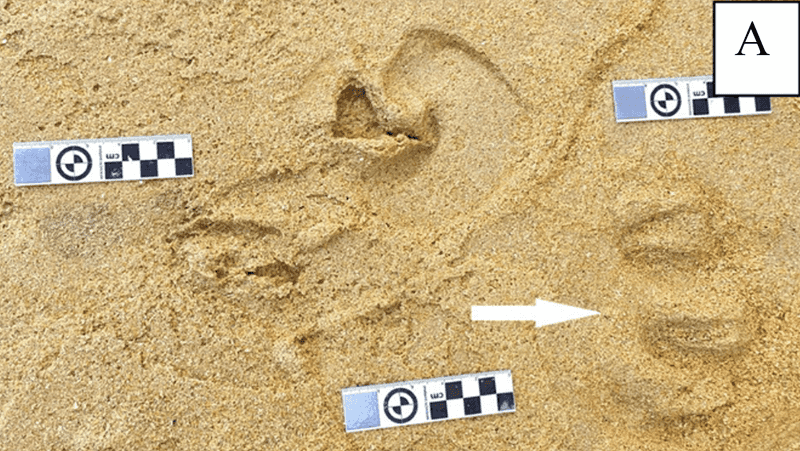
Imagine walking along the beach and stumbling upon footprints from thousands of years ago! In 2025, researchers found just that – ancient aardvark traces hiding in plain sight.
These burrows and tracks, preserved in stone, tell stories of creatures that roamed this coastline during the Pleistocene era. Scientists were amazed by how well-preserved these rare traces remained after so many centuries.
The Elusive Aardvark
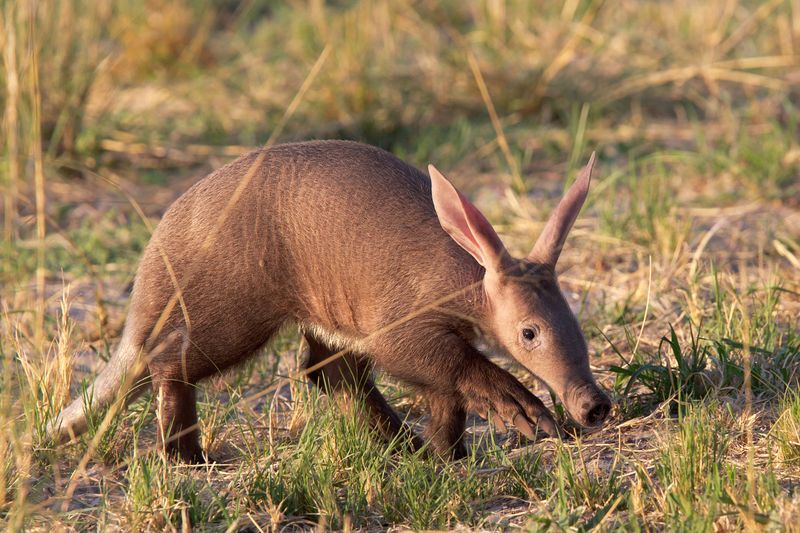
Aardvarks are the midnight gardeners of Africa’s savannas. These pig-snouted, rabbit-eared diggers emerge after sunset to feast on termites and ants, using powerful claws to tear open insect mounds.
Despite being common across southern Africa today, their ancient traces rarely survive in the fossil record. That’s what makes these coastal discoveries such a treasure for scientists studying prehistoric ecology.
Cape South Coast Ichnology Project
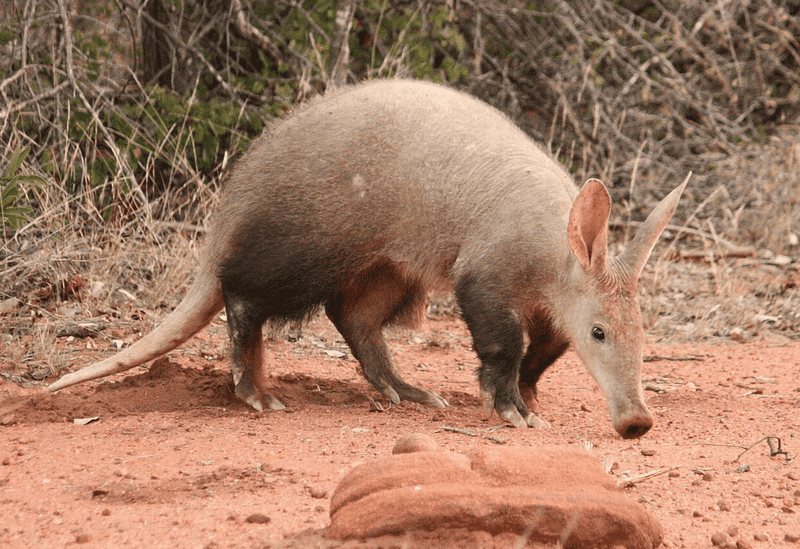
For over 15 years, dedicated scientists have combed South Africa’s shorelines searching for ancient footprints. The Cape South Coast Ichnology Project has uncovered a remarkable collection of prehistoric animal traces since its 2008 launch.
Their patient work has revealed more than 350 sites where ancient creatures left their mark. From elephant tracks to bird footprints, these fossil treasures help rebuild the story of a lost world.
Identifying Aardvark Burrows
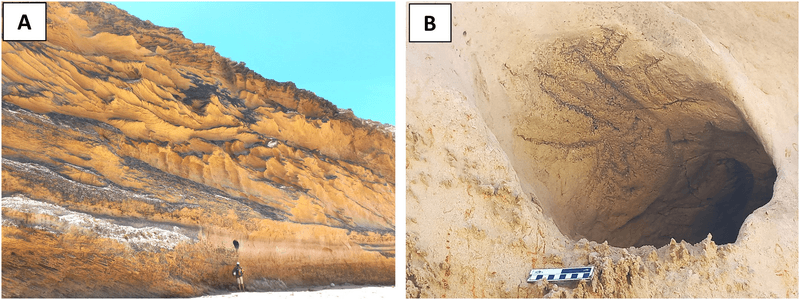
Detective work in stone! Scientists found five different sites with tunnel-like structures that matched modern aardvark handiwork. The size, shape, and distinctive claw marks left little doubt about who created them.
These prehistoric burrows vary in dimensions but show the same engineering style aardvarks use today. Unlike porcupine or fox dens, aardvark tunnels have a distinctive oval shape and specific entrance design.
A Possible Aardvark Tracksite
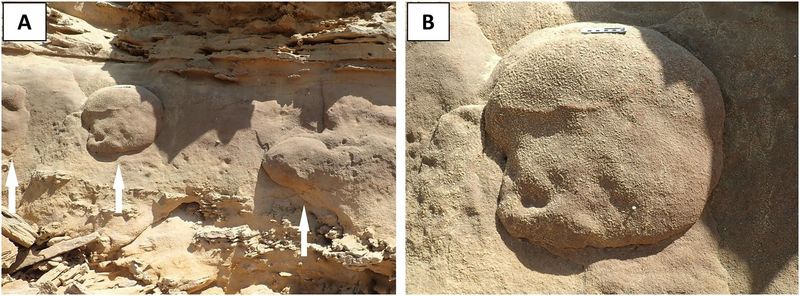
Footprints frozen in time reveal an ancient aardvark’s nighttime stroll! Beyond the burrows, researchers spotted what appears to be actual tracks left behind by these prehistoric diggers.
The three-toed imprints match the distinctive foot pattern of modern aardvarks perfectly. Like finding a signature from the past, these tracks confirm that aardvarks weren’t just visitors but regular inhabitants of these ancient coastal dunes.
Comparative Analysis With Other Burrowers
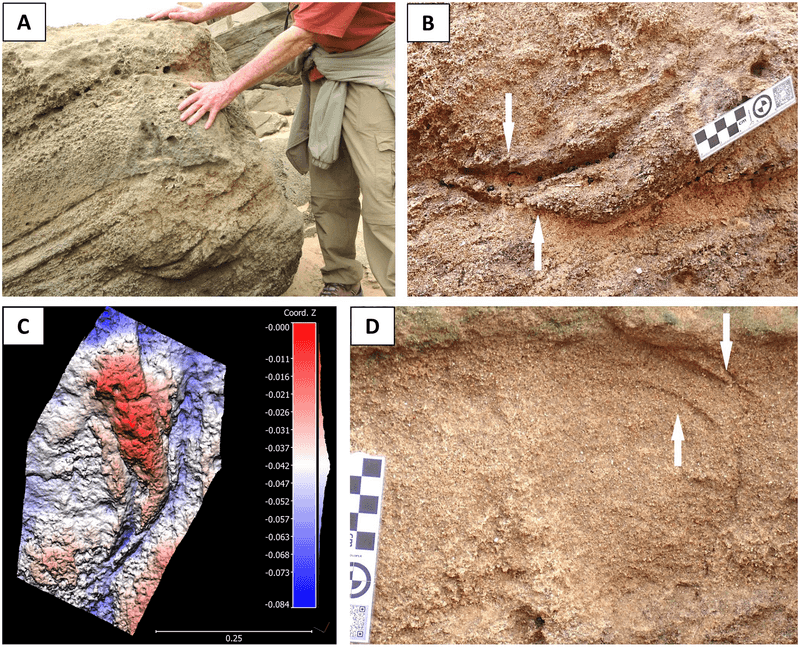
Could these tunnels belong to another animal? Scientists played detective by ruling out every other possibility. They compared the fossil burrows with dens made by porcupines, foxes, springhares, honey badgers, and even hyenas.
One by one, each alternative failed to match. The entrance size was wrong for foxes, and the claw marks didn’t match porcupines. The evidence pointed to aardvarks as the ancient architects of these underground passages.
Geological Context Of The Findings
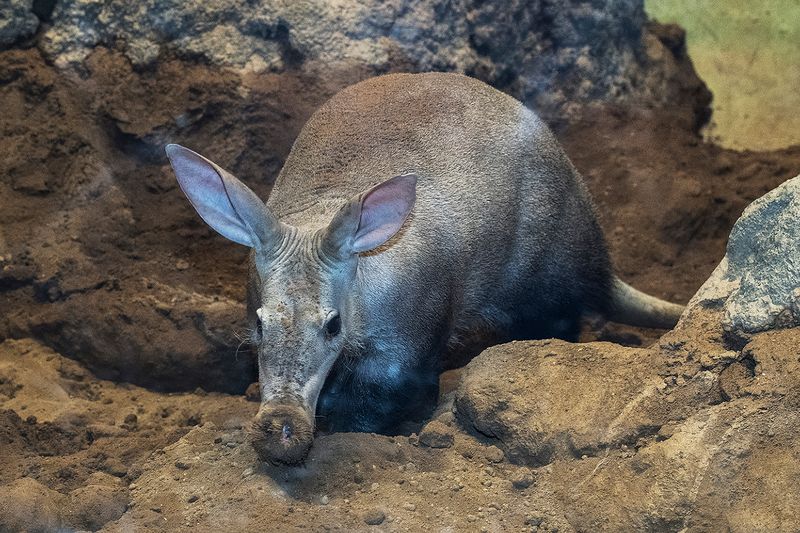
The ancient aardvark traces weren’t found in ordinary rock. They’re preserved in aeolianites—fossilized sand dunes that once shifted with coastal winds thousands of years ago.
These special rock formations belong to the Waenhuiskrans Formation along South Africa’s coast. Rich with ancient soil layers and cross-bedding patterns, these rocks provide the perfect time capsule for preserving traces of ancient life.
Dating The Fossils
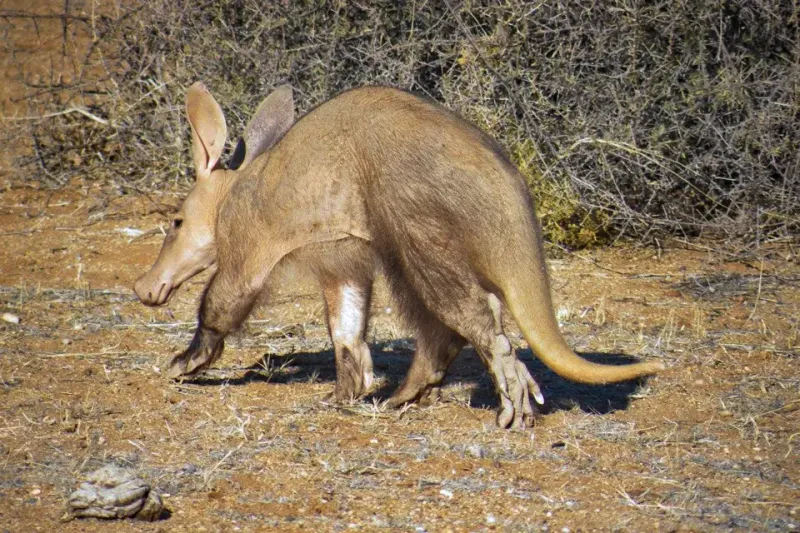
How old are these aardvark traces? Scientists used a method called Optically Stimulated Luminescence to find out. This technique measures when sand grains last saw sunlight!
The results placed these fossils between 130,000 and 400,000 years old. That’s deep in the Pleistocene epoch, when early humans were just beginning to spread across Africa and mammoths still roamed northern continents.
Dietary Evidence From Fossilized Invertebrates
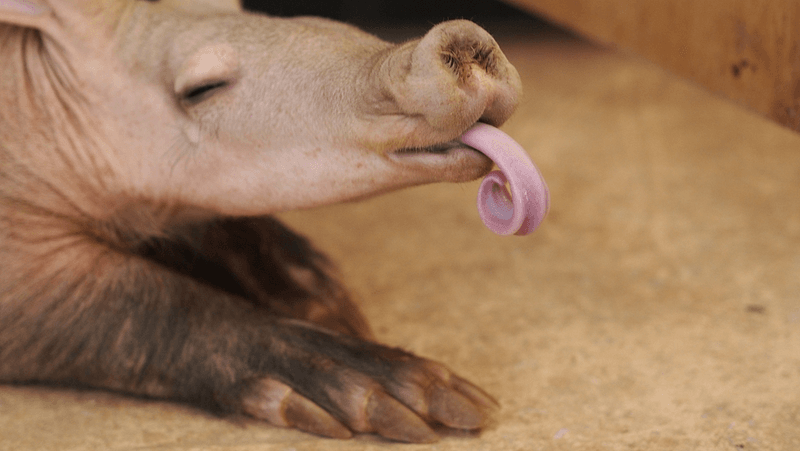
Ancient aardvarks had the same favorite foods as their modern descendants! Near the burrows, researchers found fossilized remains of termite and ant nests—the aardvark’s preferred menu items.
This discovery provides a complete ecological picture. The coastal dune systems supported termite and ant colonies, which in turn attracted hungry aardvarks. It’s a prehistoric food chain preserved in stone!
Implications For Paleoenvironmental Reconstruction
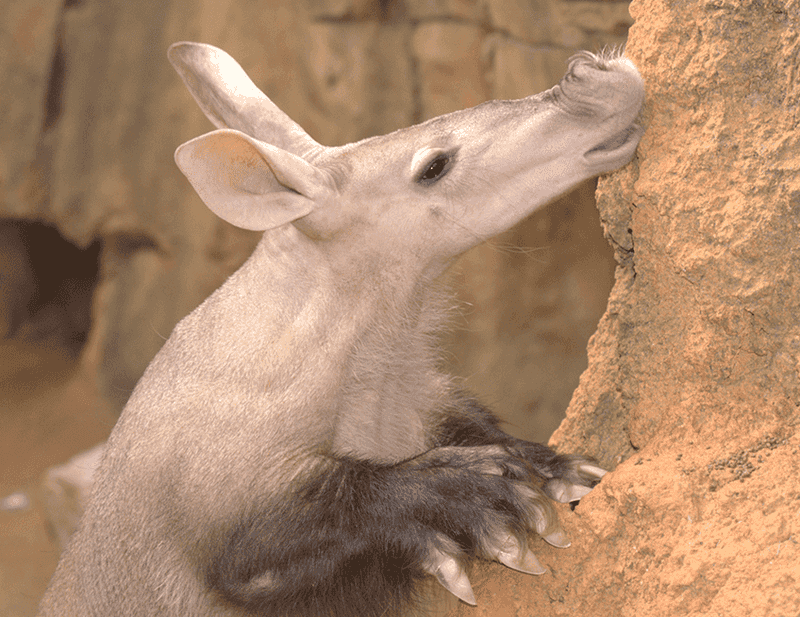
These aardvark traces are like pieces of an ancient puzzle! By studying where and how these animals lived, scientists can rebuild a picture of the Pleistocene Cape coast environment.
Aardvarks need specific conditions to thrive—moderate temperatures, adequate rainfall, and plenty of termites. Their presence tells us this ancient coastline wasn’t just bare dunes but a vibrant ecosystem with sufficient vegetation to support complex food webs.
Global Significance Of The Findings
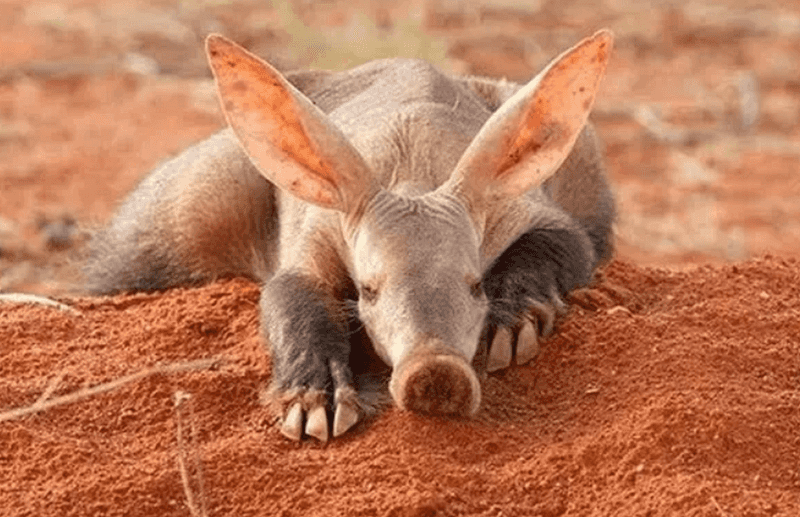
The South African aardvark traces join an exclusive club of large vertebrate burrow fossils found worldwide. While not unique enough to earn a new scientific name, they expand our understanding of ancient burrowing behaviors.
These discoveries encourage scientists to look more carefully at coastal formations globally. Similar traces might be hiding in plain sight on other continents, waiting for sharp-eyed researchers to recognize their significance.
Future Research Directions
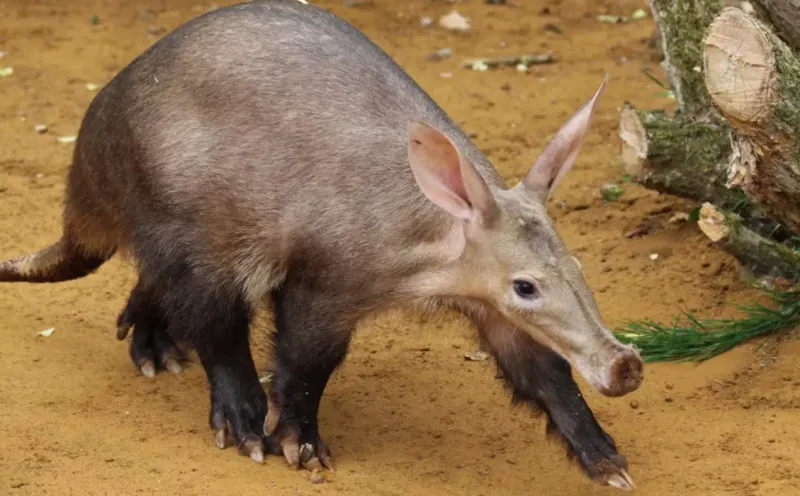
The aardvark discovery is just the beginning! These findings have sparked new questions about other burrowing animals that might have left similar traces along ancient coastlines.
Scientists are now developing better methods to identify and date such fossils. The search continues for more underground architects of the past, with researchers hoping to uncover how these animals influenced soil development and plant communities in prehistoric ecosystems.

